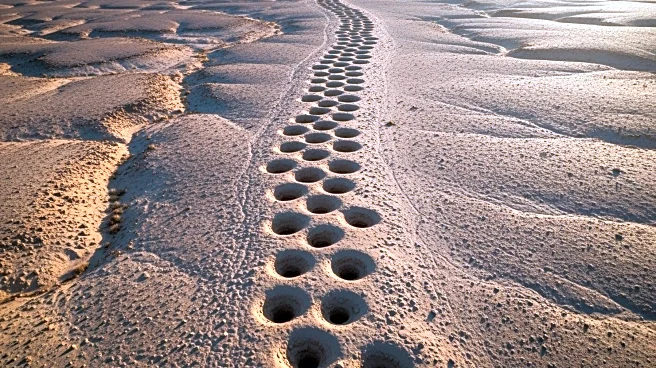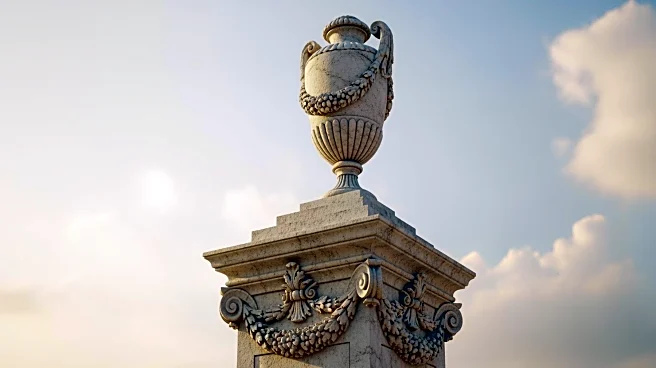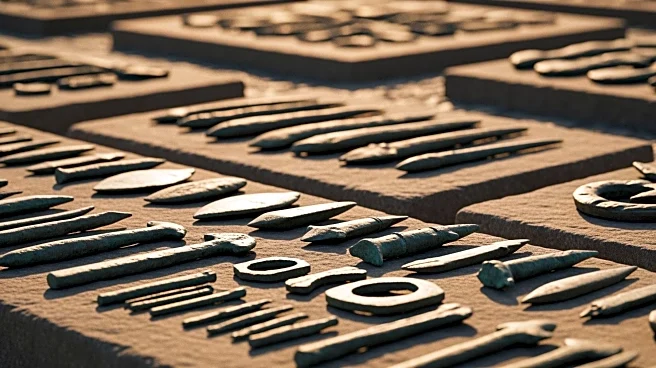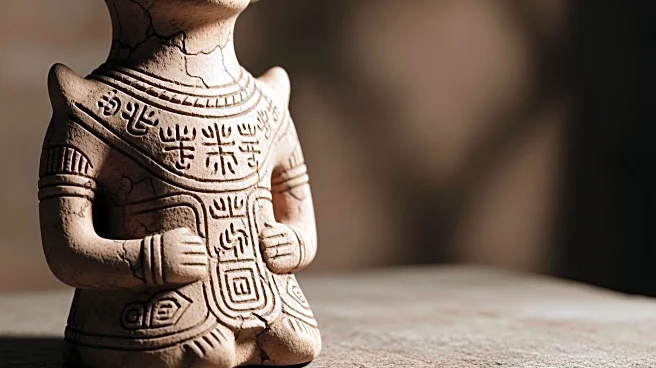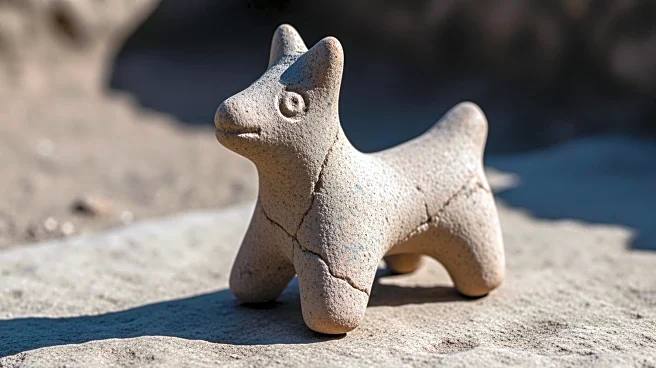What's Happening?
Researchers have made significant progress in understanding the purpose of Peru's 'band of holes,' a series of about 5,200 holes stretching across the Pisco Valley. New drone footage and microbotanical
analysis suggest the site served as a bustling marketplace for a pre-Inca civilization and later as an accounting method for the Incas. The holes may have been used to store and exchange goods, with evidence pointing to the presence of crops such as maize and wild plants used for basket-making.
Why It's Important?
The discovery sheds light on the economic practices of ancient civilizations in the Andes, offering insights into how goods were exchanged and accounted for without currency. Understanding the site's function as a marketplace and accounting device provides valuable information about the social and economic mechanisms of pre-Inca and Inca societies. This research contributes to the broader field of archaeology by enhancing knowledge of indigenous economic systems and challenging previous theories about the site's purpose.
Beyond the Headlines
The study of Monte Sierpe highlights the importance of incorporating indigenous perspectives and archaeological evidence to accurately represent local heritage. The findings may influence future research on ancient economies and the role of marketplaces in societal development. Additionally, the use of drone technology in archaeology demonstrates the potential for new methodologies to uncover historical mysteries and preserve cultural heritage.
